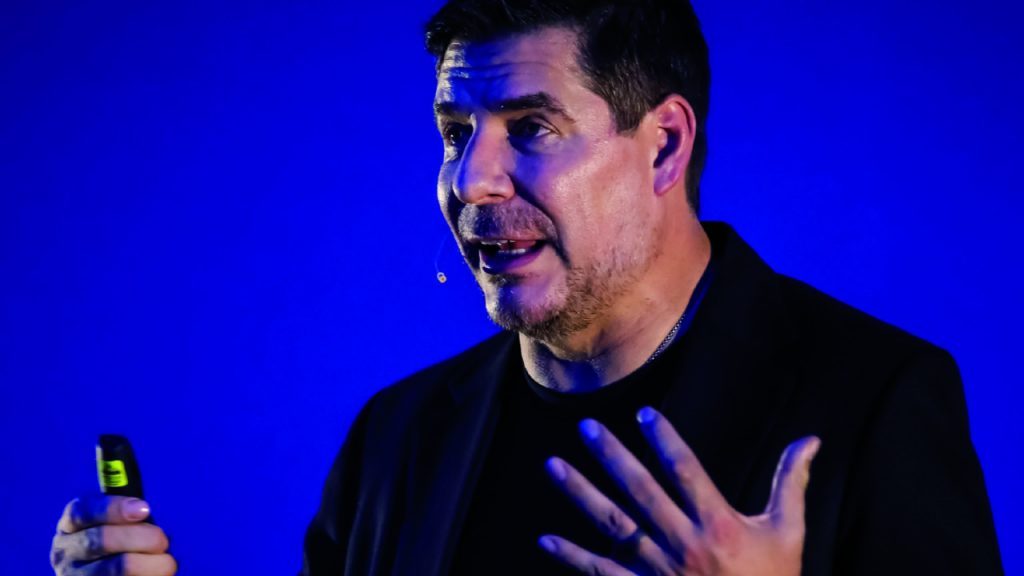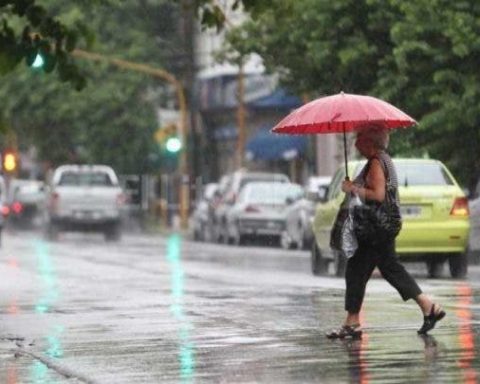A survey carried out by Semesp, an entity that represents sponsors of higher education in Brazil, showed that 82.2% of university graduates had an improvement in finding a job after completing higher education, while 17.8% said that nothing has changed. Among those who said there was improvement, 75.6% were from on-site courses and 24.4% from Distance Learning (EAD).
According to the 3rd Employability Survey, 64.4% of graduates who have not yet found their first job graduated between 2019 and 2021, the period of the covid-19 pandemic.
The survey was carried out in partnership with Symplicity between August 2nd and October 12th, 2021, with the optional participation of 3,086 higher education graduates, who answered the questionnaire by email, social media and made available on the Symplic platform.
The survey shows that among those who had graduated for up to three years, 27.7% got their first job or a new job. Among those who graduated more than three years ago, this percentage was 38.9%. The survey also shows that for 17% of those who graduated in up to three years, the salary improved and 15.7% enrolled in a postgraduate course. Among those graduated for more than three years, these percentages are 29.2% and 27.3% respectively.
According to the data, 49.6% of those who graduated from the private network work in their area of training and from the public network they are 50.1%. Already 13.9% of students in the private network work outside their area for lack of opportunity and another 12.4% by choice. In the case of the public network, these percentages are 12.4% and 14.1%. Among students in the private network, 39.1% said they had been unemployed for more than a year and 30.9% for up to a year. Those in the public network are 32.2% for over a year and 28.9% for up to a year.
Among the courses with the highest percentage of people working in the field are medicine (100%), computer engineering (92.6%), computer science (90.5%), pharmacy (79.3%), dentistry (78.9%) physiotherapy (64.4%), architecture and urbanism (63.5%), psychology (61.1%), advertising and advertising (60.5%) and accounting (60.5%).
The courses with the highest percentage of respondents who work in an area other than training due to lack of opportunity are international relations (34.6%), environmental engineering (27.8%), production engineering (27.6%) , chemical engineering and financial management (both with 26.5%), mathematics and mechanical engineering (both with 26.1%), people management (25.4%), social work (23.1%) and economics (22 ,two%).
The Semesp survey also showed that the percentage of employees with a formal contract rose from 58% in the second edition to 63.8% in the third. The percentage of self-employed and commissioned workers rose from 8.8% to 10.5% and that of public employees from 16.2% to 10.2%.
They were also asked about the difficulties in entering the labor market and most responded that the lack of experience is one of the main factors, as the market is very demanding when hiring a recent graduate, because most vacancies require some professional experience in the area while offering low remuneration. The lack of opportunity was also mentioned, with high competition and the low number of vacancies offered, in addition to the required skills and lack of knowledge in these skills, which made it difficult to obtain a vacancy.

















